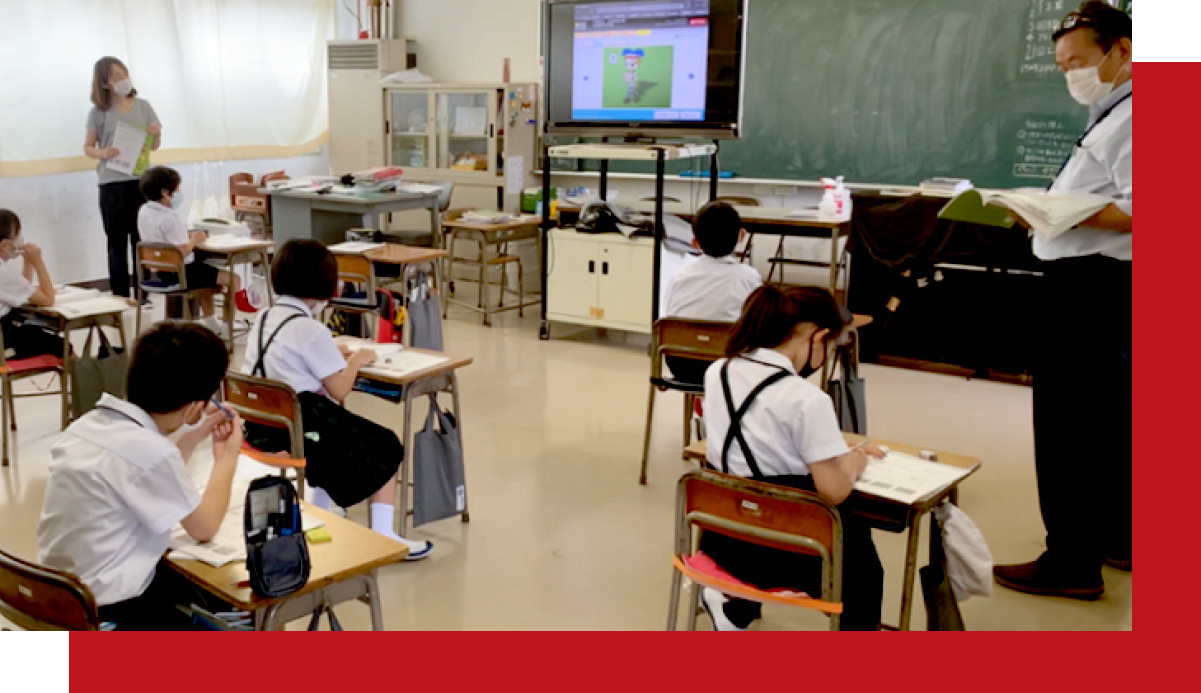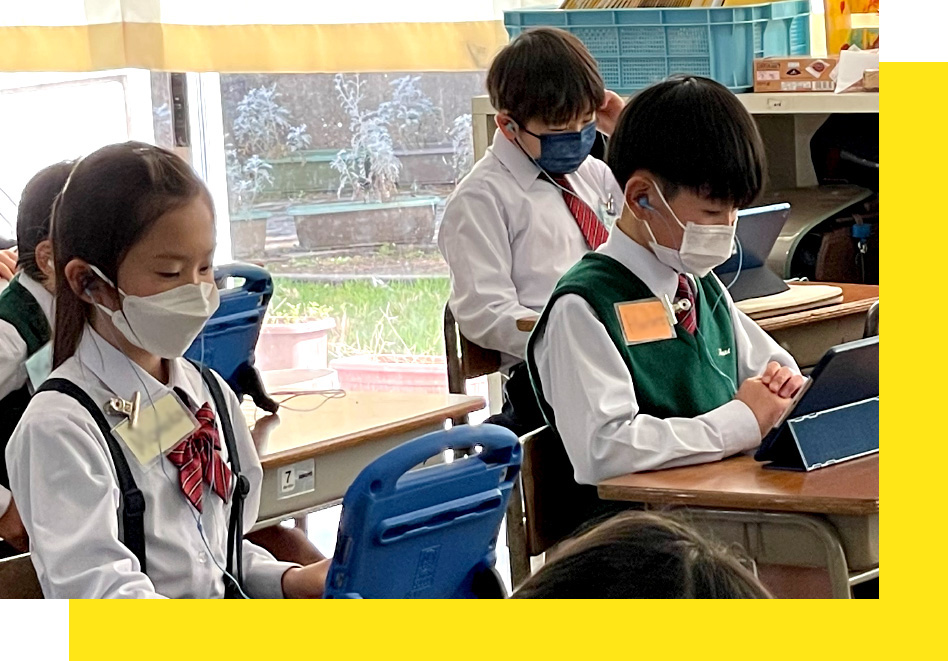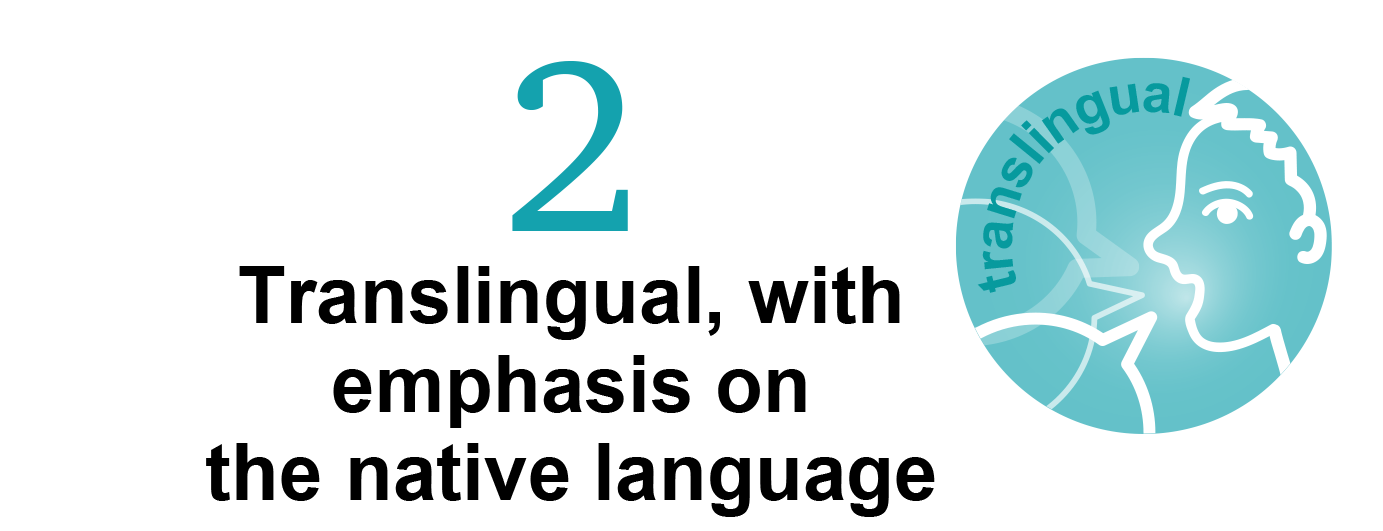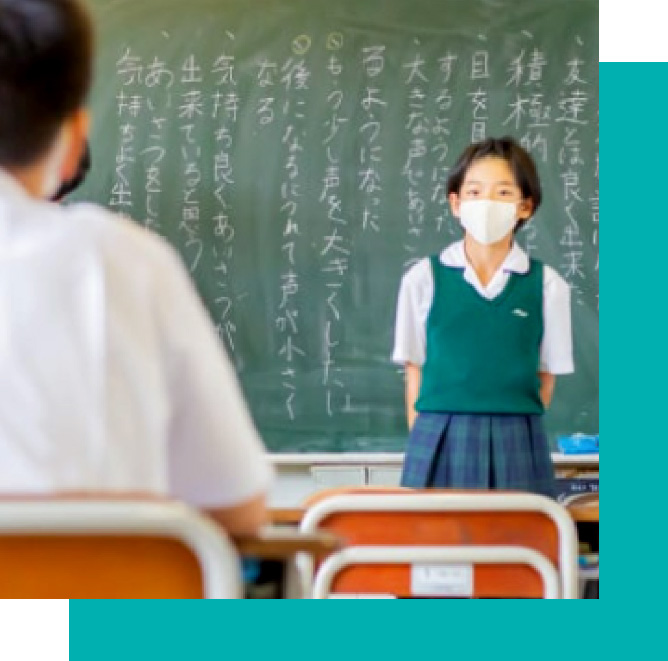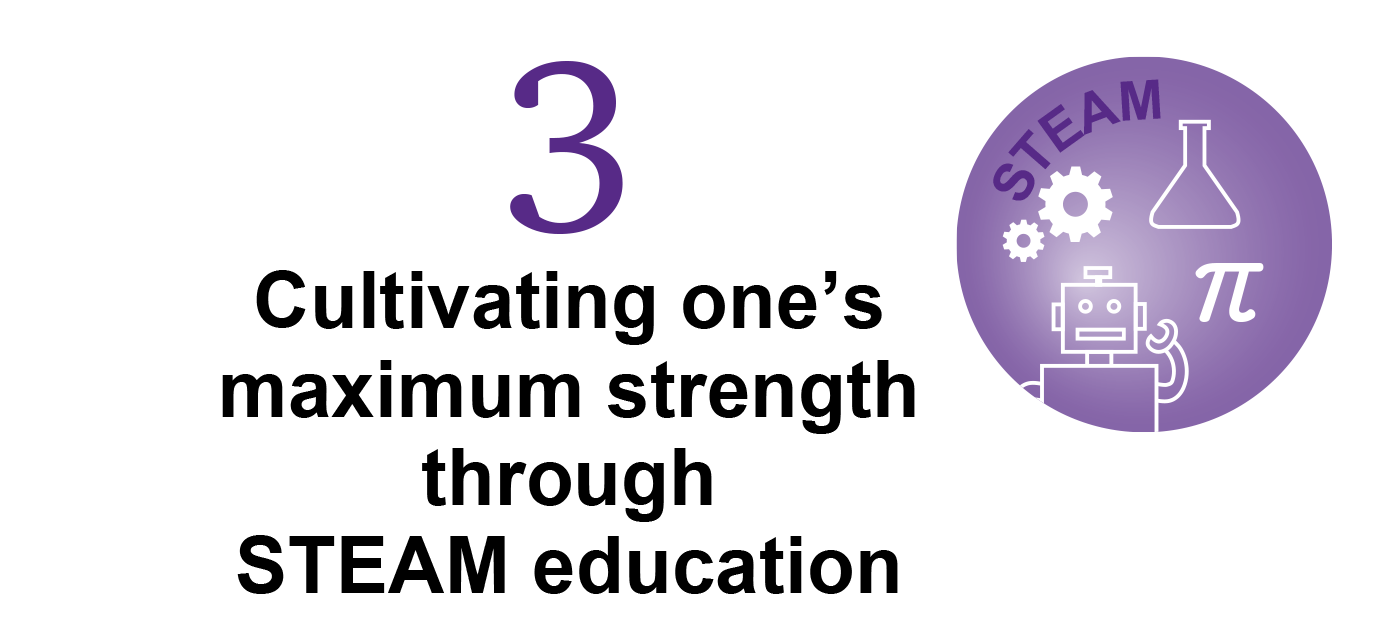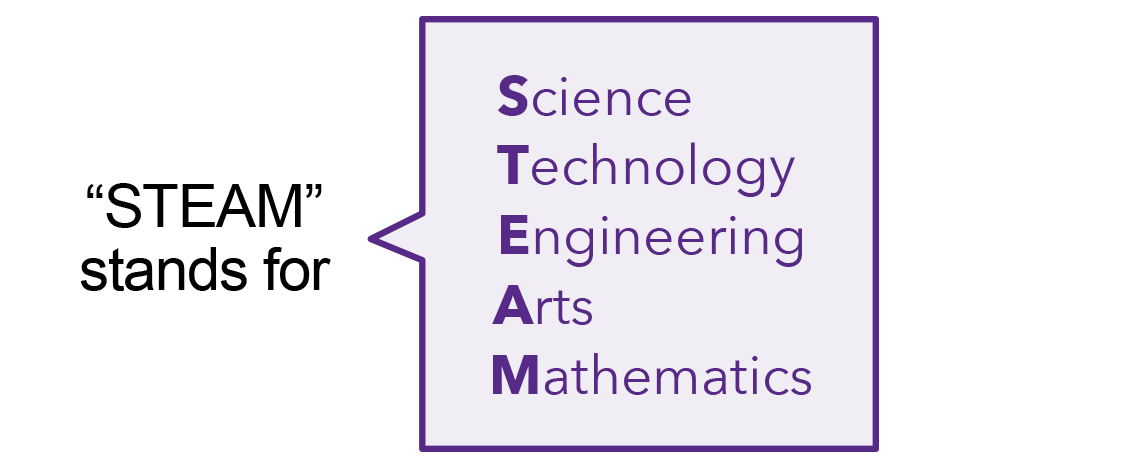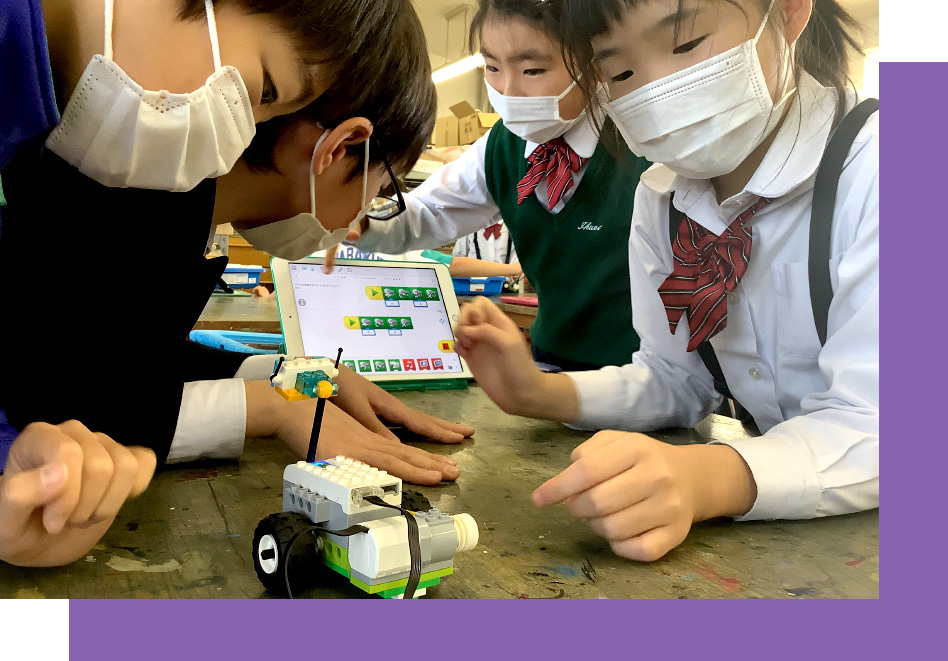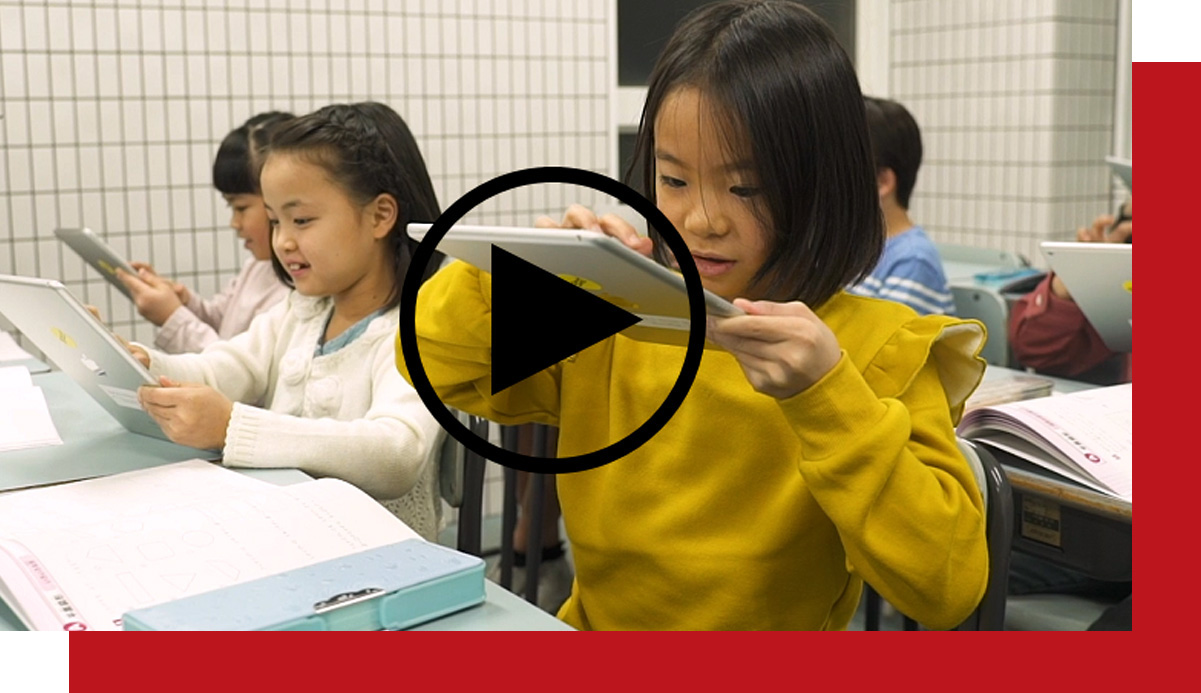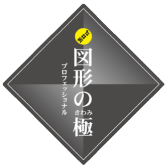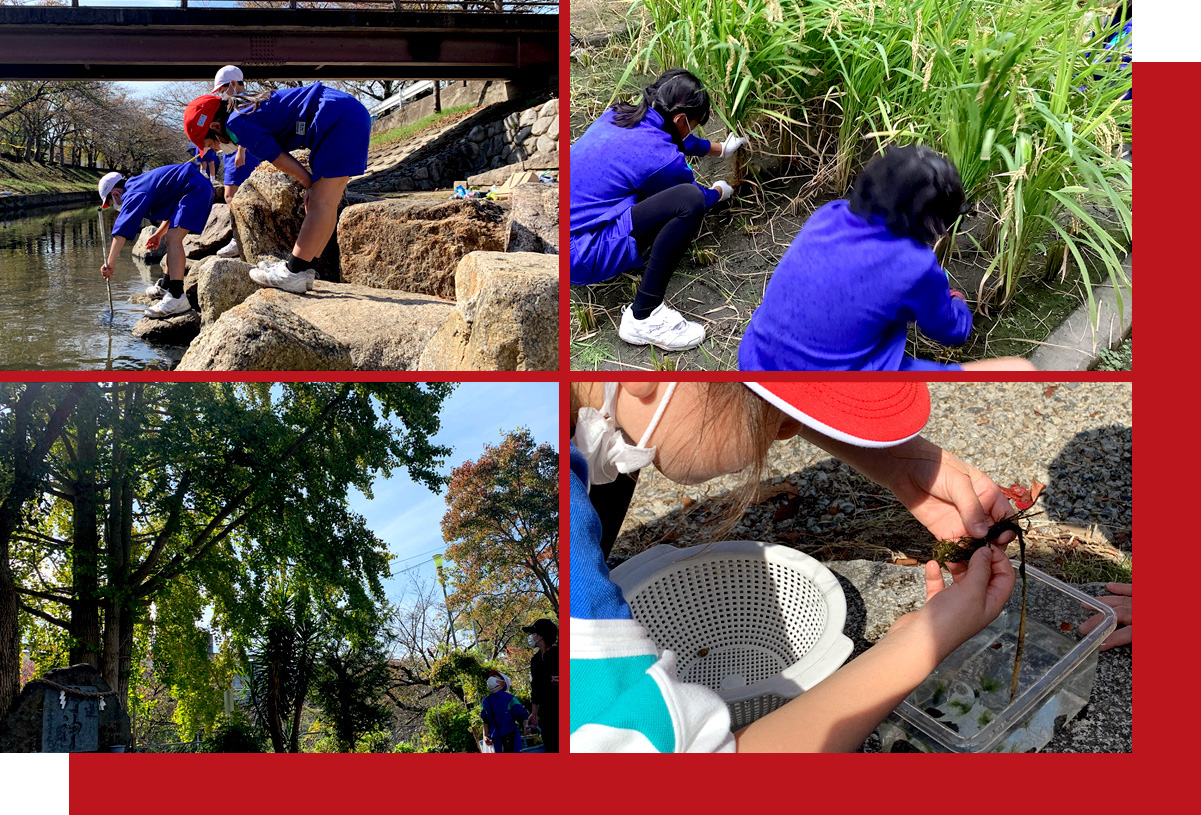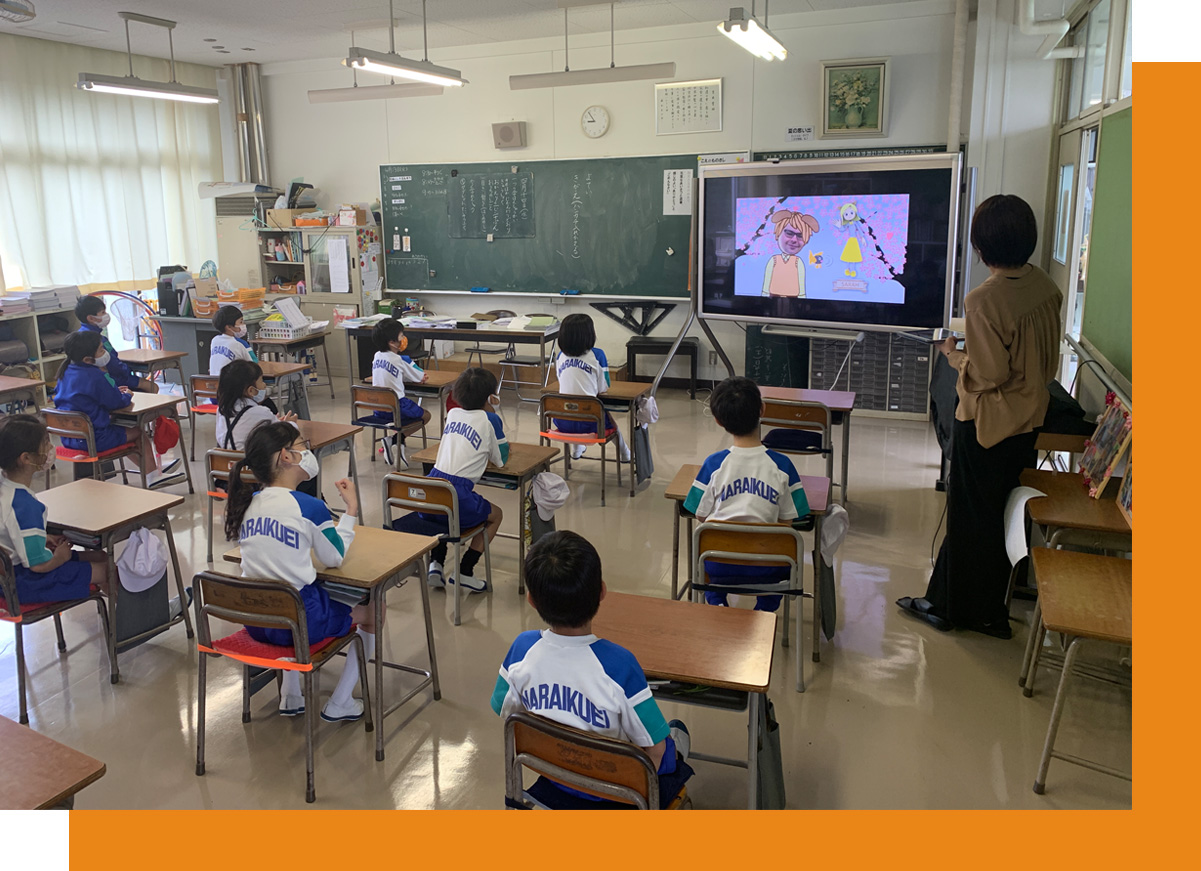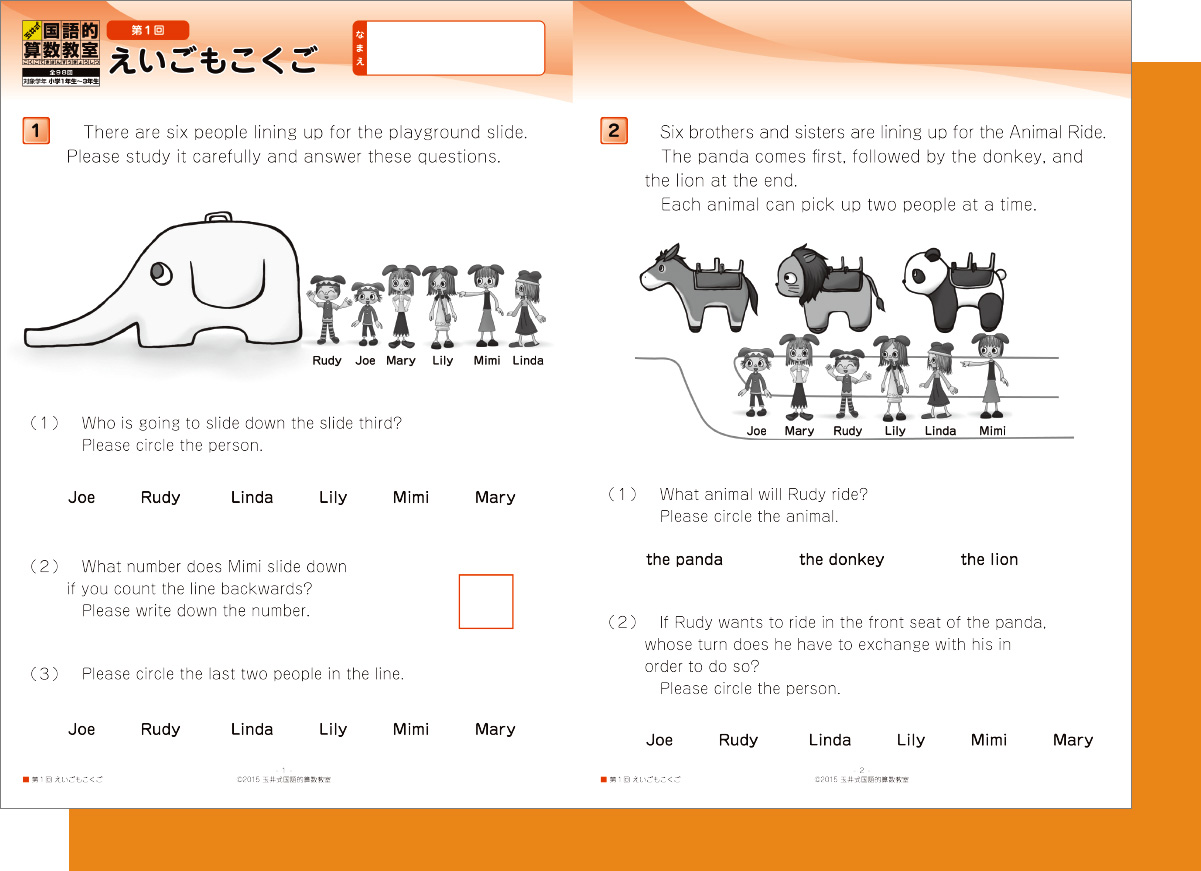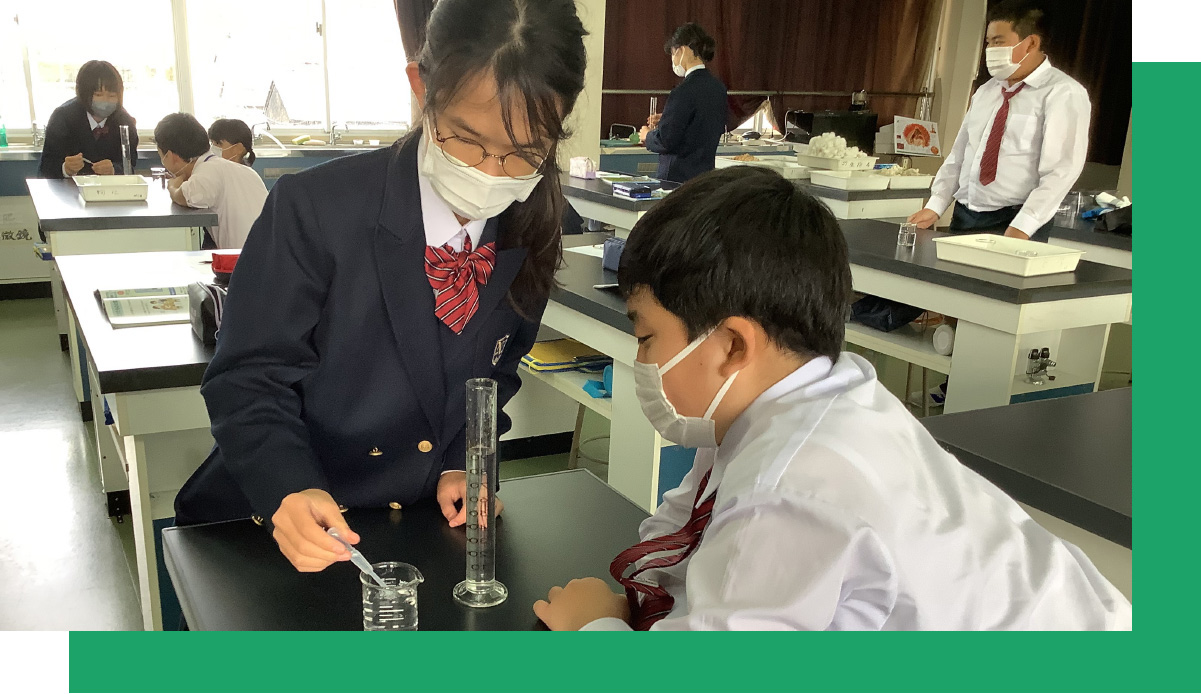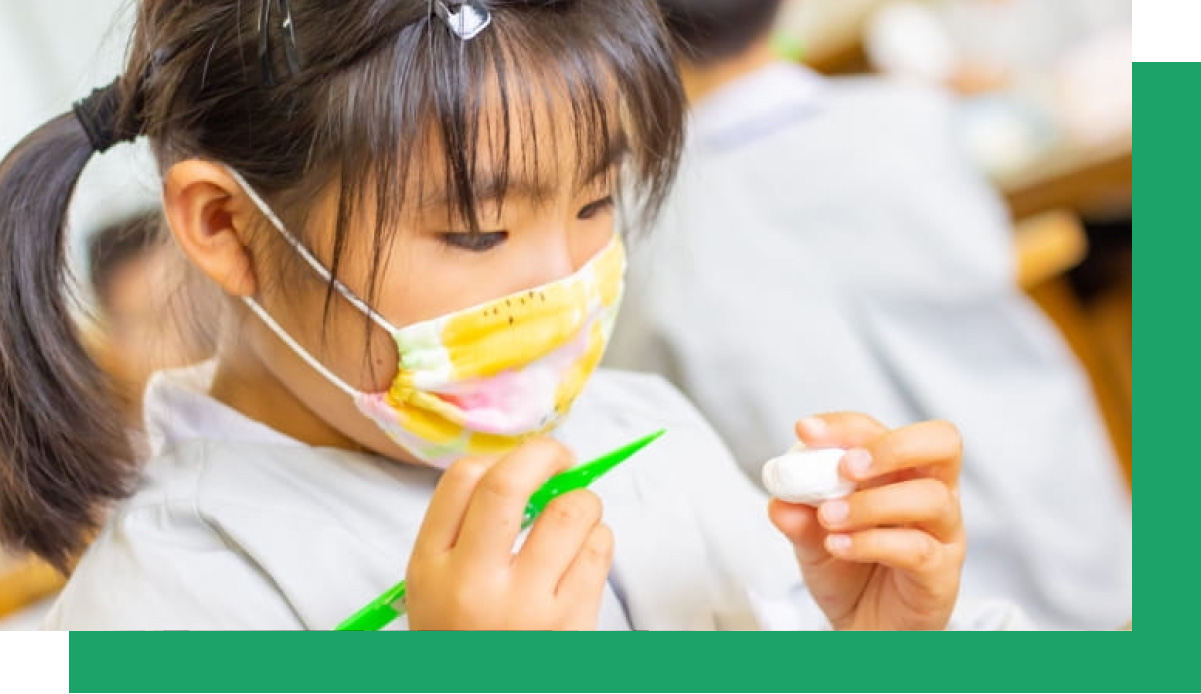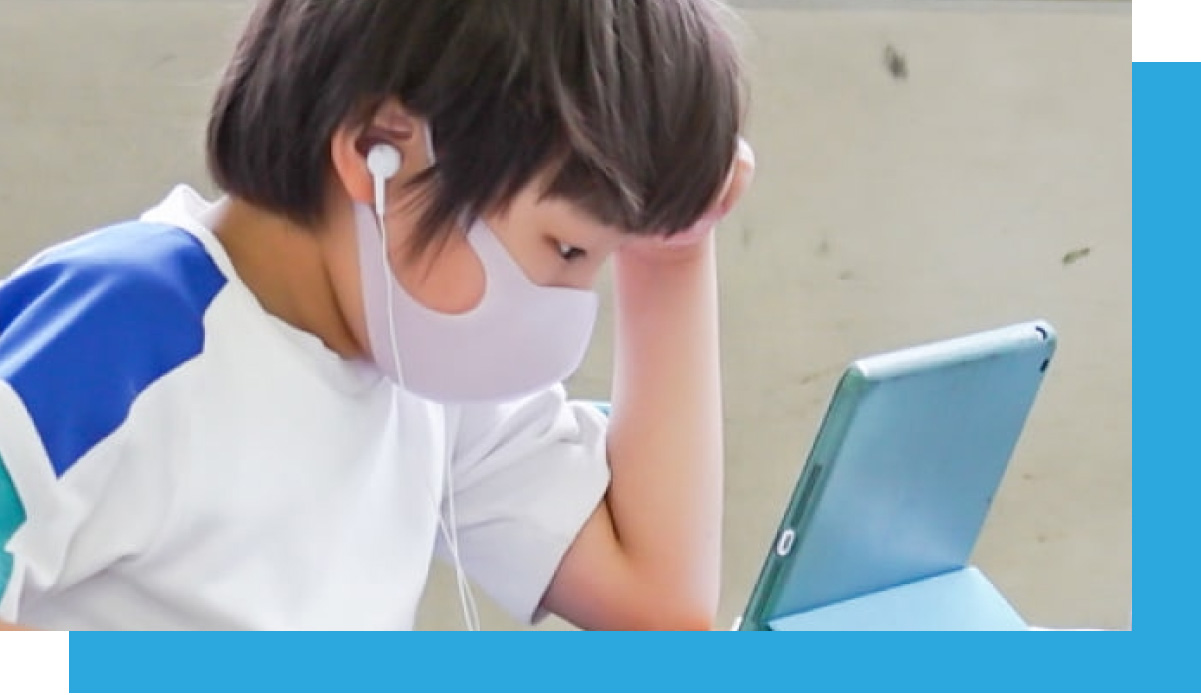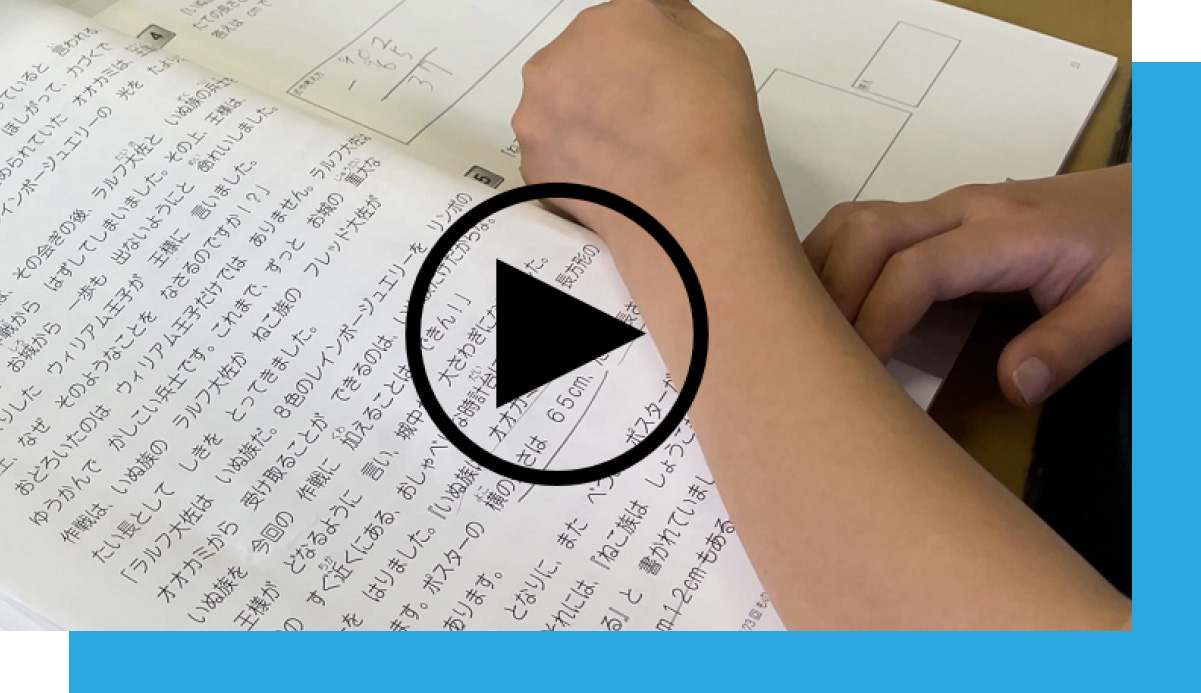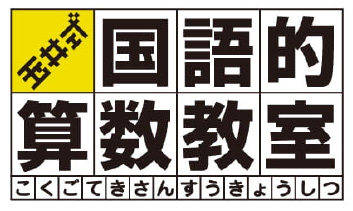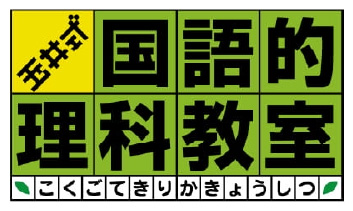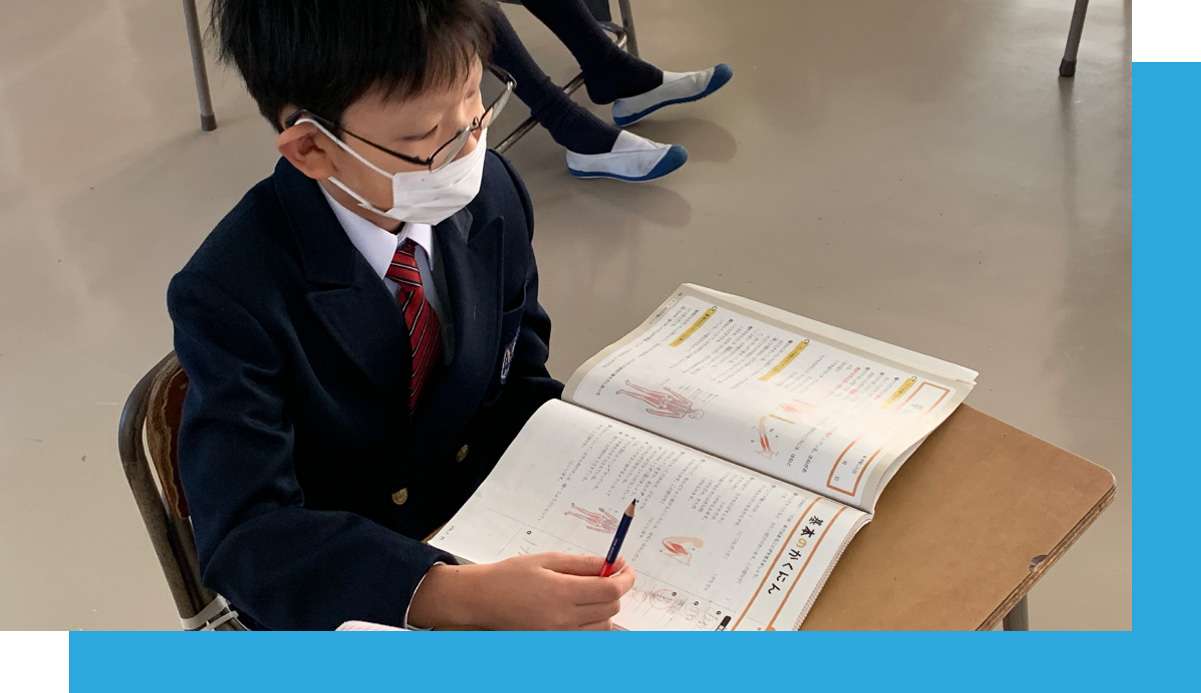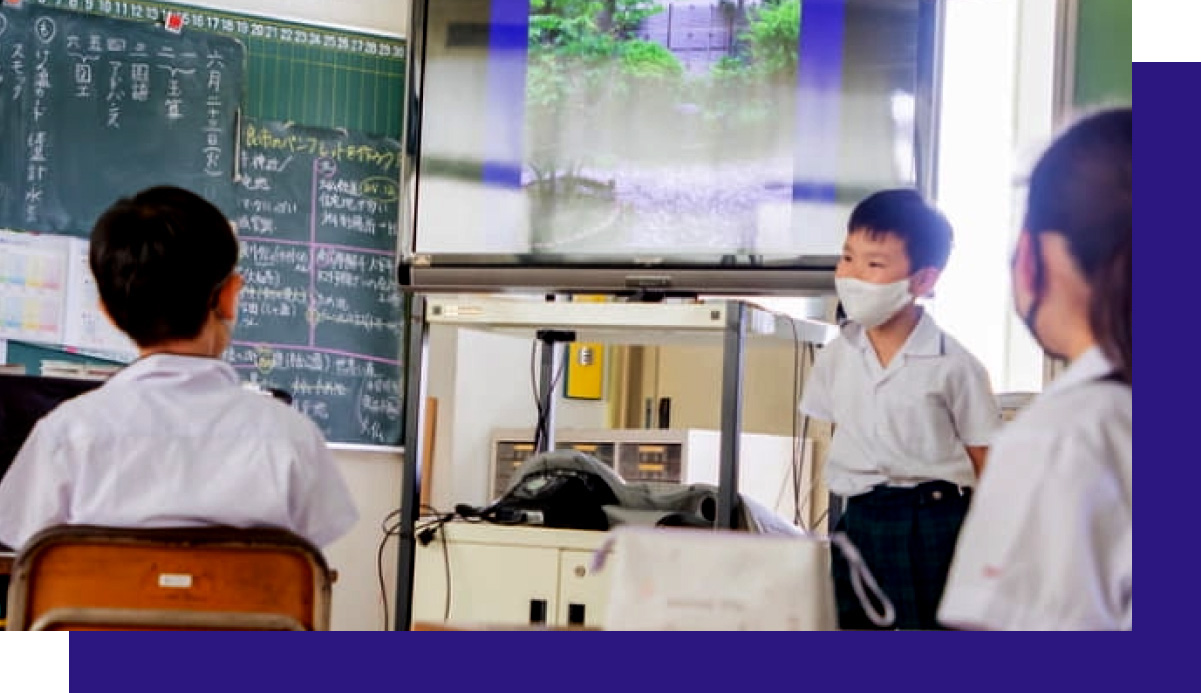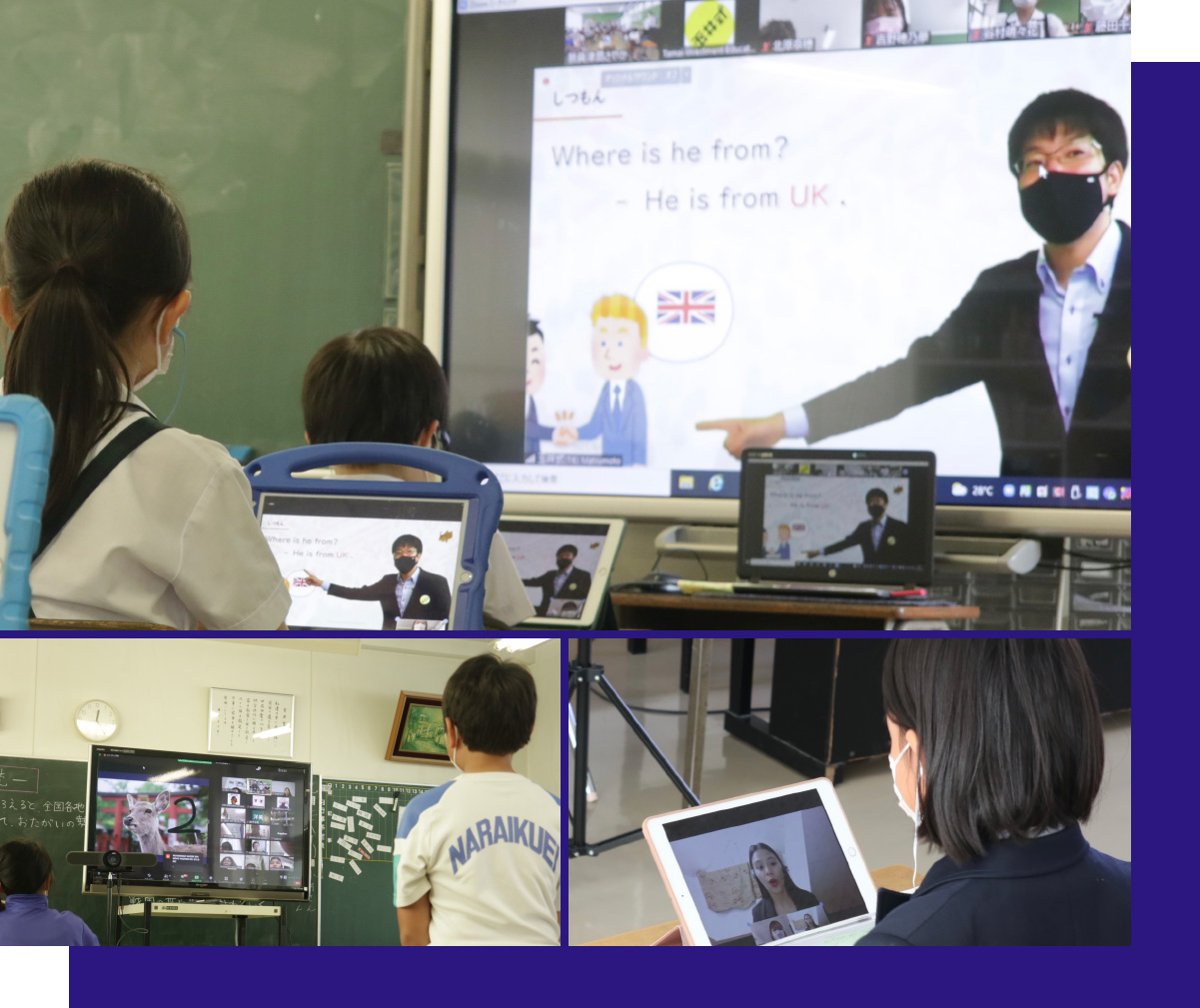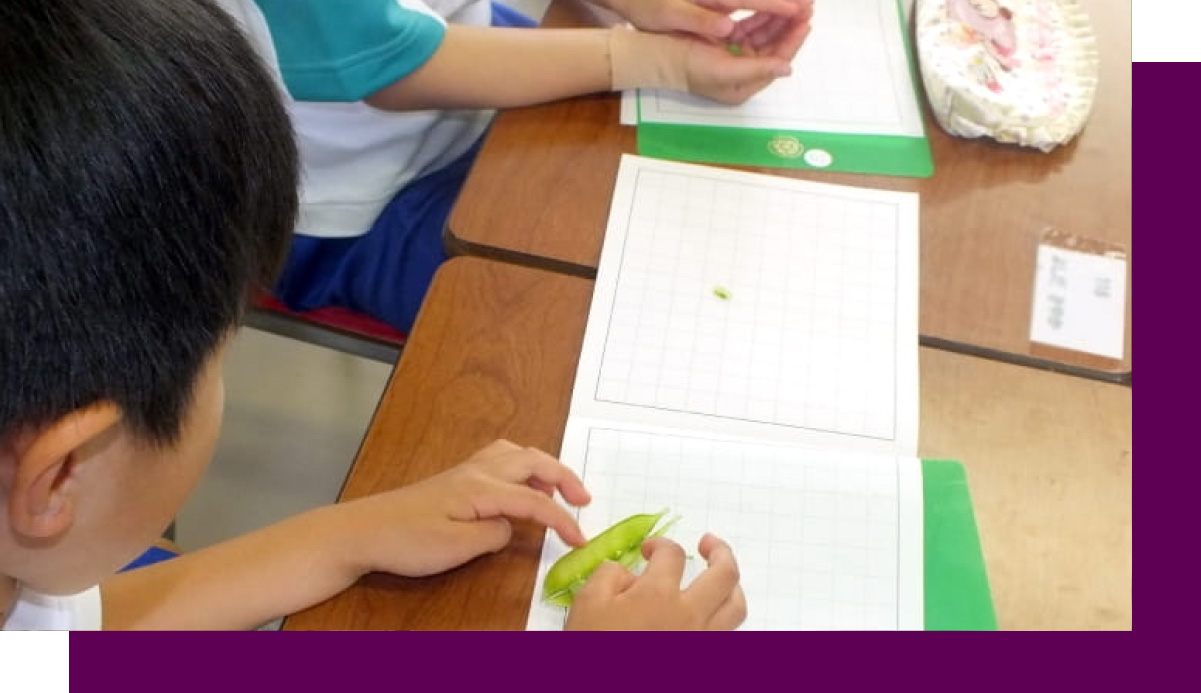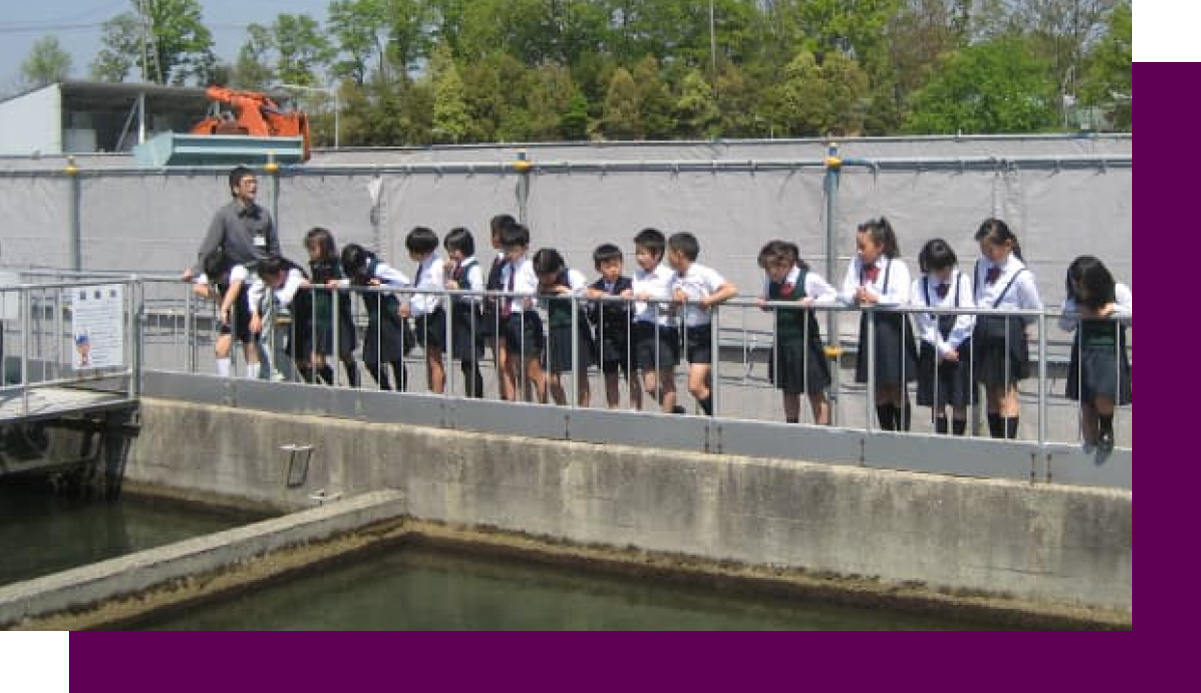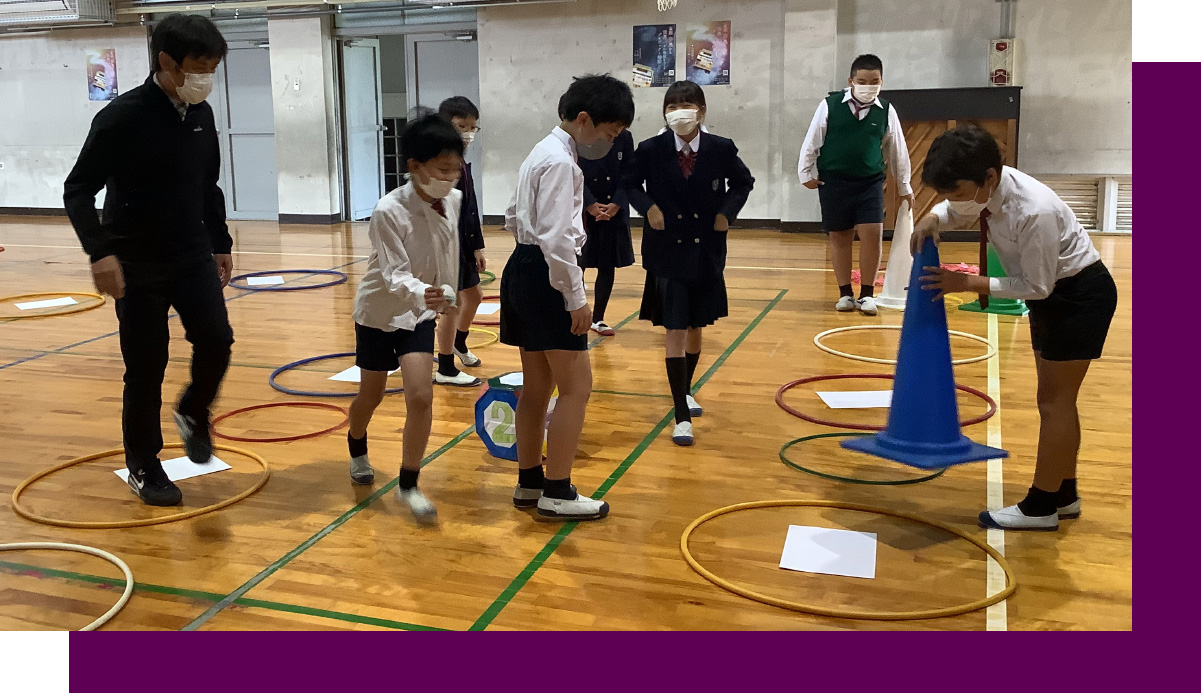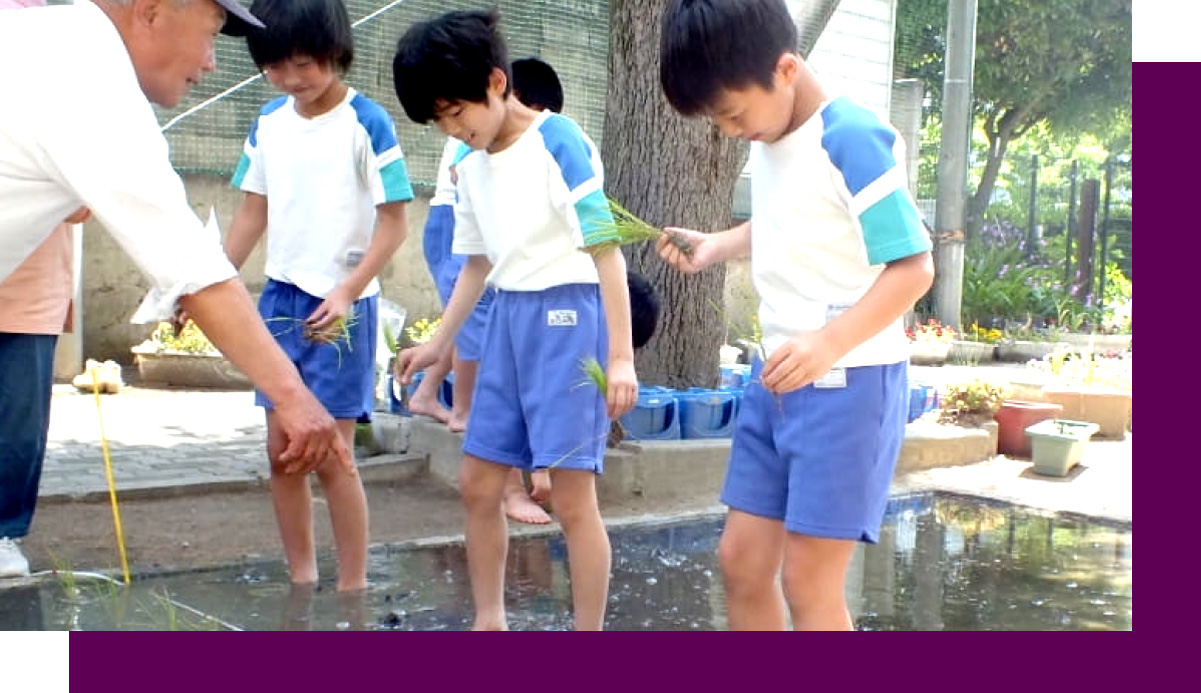Tamaishiki Method
(Tamai Method)
Mastering the ability to imagine in order
to achieve reading comprehension.
to achieve reading comprehension.
Many students who struggle with math find word problems and geometric shape problems challenging. The common underlying issue among these types of students is the lack of imagination. In order to solve word problems and problems with figures, it is imperative to have the ability to visualize images in one's mind.
To combat this common issue, "Tamaishiki Method." was introduced to the school. In “Tamaishiki”, students watch animations, then solve the math problems using its corresponding textbooks. These teaching materials were developed to naturally strengthen a child’s ability to "read and visualize the written story in their mind". The students will cultivate strength from visualizing practices, which eventually leads to a firm reading comprehension.
To combat this common issue, "Tamaishiki Method." was introduced to the school. In “Tamaishiki”, students watch animations, then solve the math problems using its corresponding textbooks. These teaching materials were developed to naturally strengthen a child’s ability to "read and visualize the written story in their mind". The students will cultivate strength from visualizing practices, which eventually leads to a firm reading comprehension.
